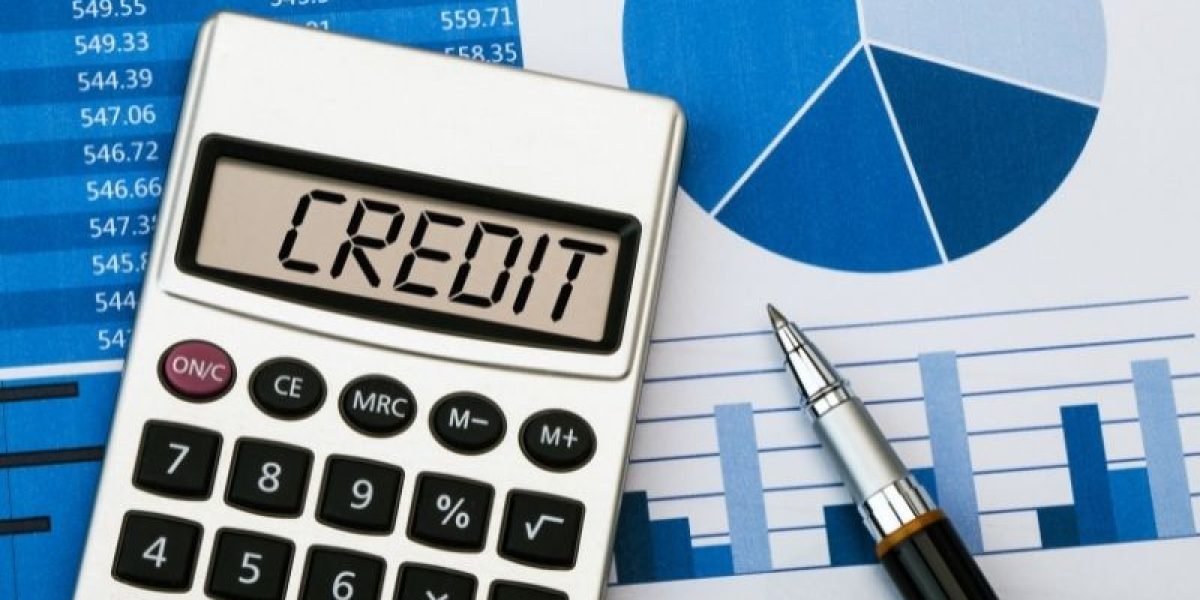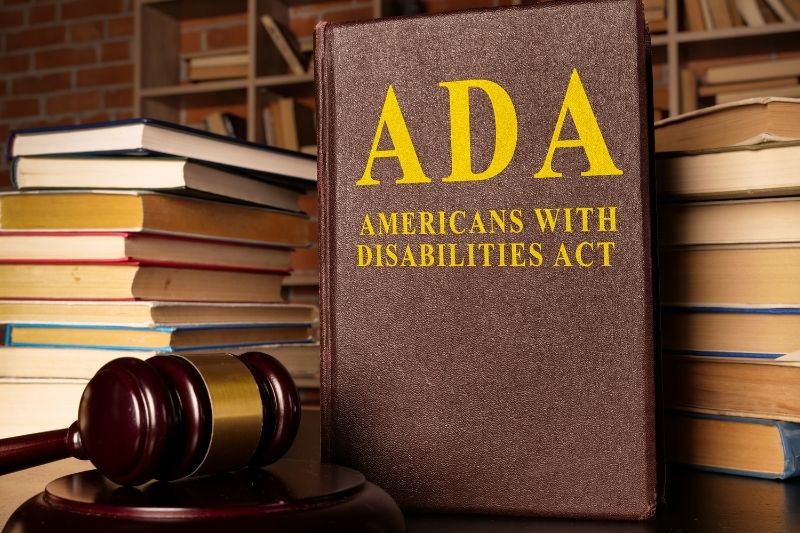Introduction
As a contractor, you generally must pay sales tax to your suppliers when you buy materials and supplies, and you must collect sales tax on certain jobs you perform for your customers. If you are registered for sales tax purposes, you can claim credits for sales tax you paid on some of the materials you use in these jobs and apply the credits against the tax you owe on your sales tax return.
This bulletin explains:
- what types of jobs qualify for a sales tax credit;
- what types of materials and supplies are eligible for a credit;
- sales tax rules for materials used in a capital improvement project;
- when you may claim credits;
- how to take a credit; and
- what documents you need to prove you are eligible for the credit.
You can apply for a refund of the sales tax instead of a credit. If you are not required to be registered for sales tax purposes, you must apply to the Tax Department for a refund of sales tax. For information about applying for refunds of sales tax, see Tax Bulletin How to Apply for a Refund of Sales and Use Tax (TB-ST-350).
Any credit taken on your sales tax return is considered an application for credit and must be substantiated and is subject to review by the Tax Department.1
Qualifying to take a credit
In general, you can take a sales tax credit on your return if you:
- paid sales tax on building materials to a supplier;
- transferred those materials to your customer in a taxable repair, maintenance, or installation service; and
- charged sales tax to your customer.
In most cases, this means that you can take a credit when the work you perform is classified as a taxable repair, maintenance, or installation service, but not when it is classified as a capital improvement. See Tax Bulletin Capital Improvements (TB-ST-104), for a list of the types of jobs that are classified as repairs, maintenance, and installations, and those that are classified as capital improvements.
Subcontractors
If you work as a subcontractor performing taxable services you must be registered for sales tax purposes. You may accept Form ST-120.1, Contractor Exempt Purchase Certificate, from the prime contractor instead of charging sales tax. You are still eligible for a credit for the sales tax paid on those materials as long as the job qualifies as a taxable repair, maintenance, or installation service.
If you are a subcontractor and are not registered for sales tax purposes, you may not accept any exemption certificate other than Form ST-124, Certificate of Capital Improvement.
Materials used in a taxable repair, maintenance, or installation service
When you buy materials from your supplier and those materials are transferred to your customer as part of a taxable repair, maintenance, or installation service, you must pay sales tax at the time of purchase. However, the tax you paid on these materials qualifies for a sales tax credit. This includes materials such as:- plywood, drywall, shingles, and 2 x 4s;
- nails, screws, bolts, and staples;
- electrical materials;
- plumbing materials; and
- landscaping materials.
- tools, such as hammers, paint brushes, etc.;
- consumable supplies, such as sandpaper and garbage bags;
- cell phones, pagers, and office supplies;
- drop cloths;
- uniforms, clothing, and work boots;
- equipment or tools you rent;
- gases used in plumbing, welding, etc.; and
- vehicles and fuels used in vehicles
Materials used in a capital improvement project
When you buy building materials and supplies for use in a capital improvement, you must pay sales tax to your supplier. If your customer gives you a properly completed Form ST-124, Certificate of Capital Improvement, when you bill your customer for the capital improvement work, you should not charge any sales tax to your customer for either the materials or labor for the project. Since you used these materials to perform the capital improvement, you cannot take a credit for the sales or use tax you paid on materials used in these jobs except under certain circumstances.
If you collect sales tax from your customer on your charge for a capital improvement because you did not receive a properly completed capital improvement certificate, you must pay that money over to the Tax Department with your sales tax return. If your customer later gives you a properly completed capital improvement certificate and asks you to return the sales tax the customer paid to you, you may refund the tax. If you have already filed your return and paid that amount to the Tax Department, and you refund it to your customer, you can apply for a refund or credit with your next sales tax return. Instead of asking you to refund the money, the customer can apply directly to the Tax Department for a refund of the sales tax the customer paid to you on your charge for the capital improvement work. Regardless of which course of action is followed, you cannot take a credit on your sales tax return for the sales tax you paid on the materials you used in the project, since, as the contractor you are the end user of those materials and are liable for the tax on the purchase.
If you purchase materials in one locality (county/city) in New York and pay the local sales tax there, and then use the materials in another locality in this state, you must pay the local tax due where you use the materials and you should take a credit for the local tax you paid when you purchased those materials. If the local tax rates in the two localities are the same, you will not owe more money, but you must still make the entries on your sales tax return to ensure that the credit is applied against the purchase jurisdiction and tax due is paid to the jurisdiction where materials were used.
If you paid a higher rate of local tax where you purchased the materials, and you later use the materials in a different locality in this state that has a lower rate of tax, you will end with a net dollar credit or refund in the amount of the difference between the higher rate you paid and the lower rate due in the locality where you used the materials.
On the other hand, if you paid tax at a local rate that is lower than the rate where you use the materials, then you will owe the higher rate to the locality where the materials are used.
But in each of these cases, (same local rate, purchase locality rate is higher than the use locality rate, purchase locality rate is lower than the use locality rate), you must still take the credit for the original local tax paid and pay the new local tax, to ensure that the locality where the materials are used gets the benefit of its tax and the locality that originally received the tax is charged.
Example: You go to your supplier in County A, which has a 7% sales tax rate, and purchase 2 x 6s to build a deck. You take the lumber with you to perform the job in County B, which has an 8% sales tax rate. Even though the job qualifies as a capital improvement, sales tax is still due on the materials in County B at the higher rate because that is the county where the materials are being used by you. When you file your sales tax return, you must pay the 8% use tax due on the 2 x 6s on the County B jurisdiction line, but you are allowed a sales tax credit for the 7% sales tax you paid to County A.
Work performed for exempt organizations and governmental entities
If you perform a job for an exempt organization or governmental entity, you will not charge sales tax on the work, whether it’s a capital improvement or repair and maintenance job. Building materials transferred to the customer in performance of the job can be purchased without the payment of sales tax using Form ST-120.1, Contractor Exempt Purchase Certificate. If you did not use the exemption certificate when you purchased the materials, you may take a credit for sales tax paid on the purchase of materials that were used in the project. You cannot take a credit for sales tax paid on other supplies even though they may be used in an exempt job.Lump-sum contracts
If you enter into a unit-price construction contract or have a preexisting lump-sum contract with a customer, and during the contract period the State or local sales tax rate is increased, you may be eligible for a credit for the additional sales tax you pay on property purchased after the rate change has gone into effect that is incorporated into the project. Example: You enter into an irrevocable contract at a time when the sales tax rate is 7%. During the course of the project, the sales tax rate increases to 8%. You will have to pay 8% sales tax on future purchases of building materials without having the ability to charge your customer the higher rate to recoup your expenses. In these circumstances, you can claim a credit or refund for the additional tax paid (1%) on those materials purchased after the rate increase and used solely in that contract.Other situations where you may take a credit
If you purchase materials and pay sales tax in New York and you later use these materials in a job outside New York State, you are allowed to take a credit for the sales tax paid to New York.
You can also take a credit in the following situations:
- You charge your customer sales tax in error and later give the customer a refund of the tax.
- You overpaid the sales tax.
- You paid sales tax by mistake.
For more information on claiming a sales tax credit in these three instances, see Tax Bulletin Sales Tax Credits (TB-ST-810).
Contractor retail sales
Occasionally, contractors make retail sales to their customers. For example, when you build a house for someone, you may arrange for the purchase and delivery of the washer and dryer for the customer. If you are registered for sales tax, these items can be purchased without paying sales tax using Form ST-120.1, Contractor Exempt Purchase Certificate. You will then have to collect sales tax from the customer on the sale of the washer and dryer. If you pay tax on the purchase of the washer and dryer, you can take a credit for the sales tax you paid on your purchase against the tax you collect from the customer. The same would be true if you resold leftover lumber or plumbing supplies that you did not install.When and how to take a credit
You are allowed to take a credit and subtract the credit amount from the amount of sales tax due when you file your sales tax return. You can claim a credit if you Web File your return, see Claiming a credit on your sales tax web file return. Any credits claimed must be reported on the applicable jurisdiction line(s) of your sales tax return for the jurisdiction where the tax was paid. In addition, you must complete the credit or refund details page when you Web File to substantiate the credit. (See Documentation required below).
The taxable sale and the tax due on the sale are reported on your sales tax return that covers the period when the work is performed, even if you have not yet received payment from your customer. In certain jobs, it may take longer than one reporting period to complete the job.
You cannot take a credit for tax you paid on materials at the time of purchase until you use the materials in the performance of a job, and you report that sale on your return. If you purchase certain items in bulk and use them over a period of time, you have to wait and take the sales tax credit as you use the items in jobs where you charge sales tax to your customer. (See examples below.)
See Documenting your credits and Documenting your credit – examples for more information.
1This bulletin does not apply to Direct Payment Permit holders. See Tax Bulletin Direct Payment Permits (TB-ST-163).
Note: A Tax Bulletin is an informational document designed to provide general guidance in simplified language on a topic of interest to taxpayers. It is accurate as of the date issued. However, taxpayers should be aware that subsequent changes in the Tax Law or its interpretation may affect the accuracy of a Tax Bulletin. The information provided in this document does not cover every situation and is not intended to replace the law or change its meaning.





